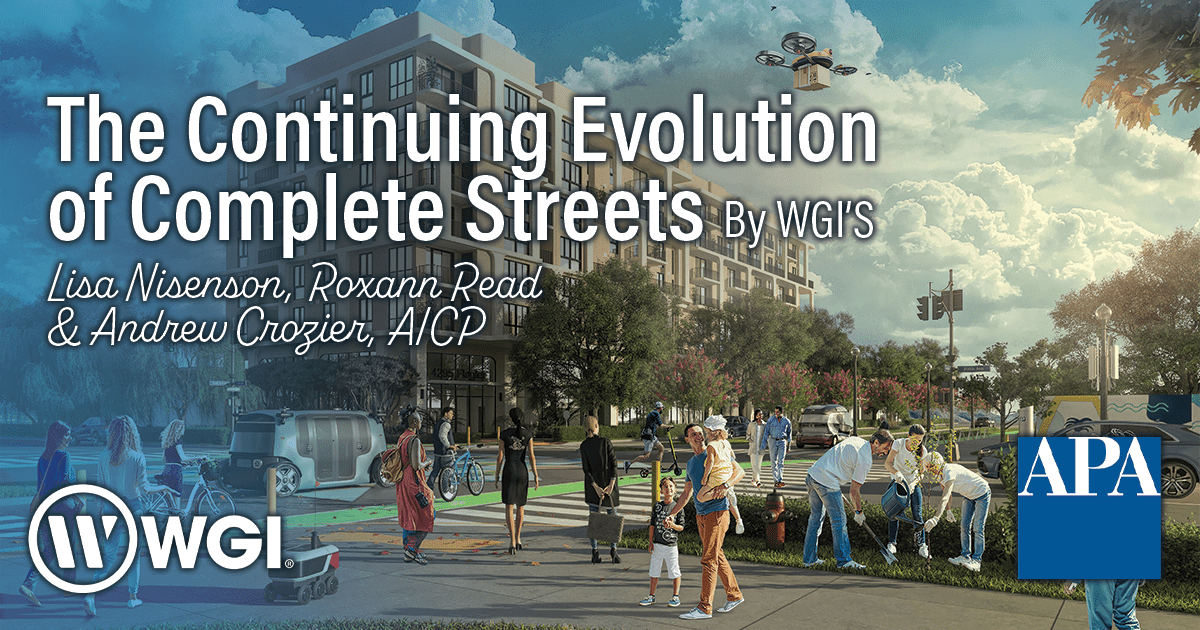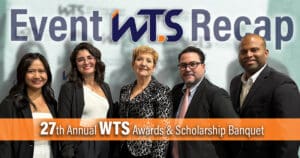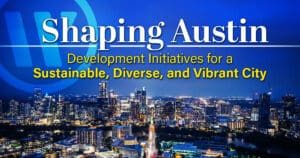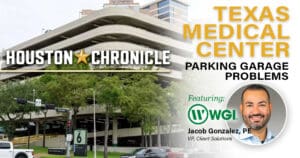
WGI Unleashed Episode 89: Lyndsey Duty, Environmental Scientist
On the latest episode of the WGI Unleashed podcast, we sit down with Lyndsey Duty, one of WGI’s Environmental Scientists based out of our Tampa, FL office!
Learn from award-winning professionals — explore our whitepapers, blogs, and the latest industry updates.
Join our dynamic organization of engineers, land surveyors, landscape architects, environmental scientists, and architects!
Talk to a market leader today! We’ll answer any questions you have about our professional services.

Complete Streets began as a movement to incorporate bicycle and pedestrian infrastructure into capital projects, which were almost exclusively designed for automobiles. The term was offered up by a group of cycling and walking advocates wishing to replace the mundane designation of “routine accommodation” with something more engaging. December 2023 marks the 20th anniversary of the term’s first official use.
In 2010, the American Planning Association published PAS Report 559, Complete Streets: Best Policy and Implementation Practices. Tapping into research and case studies, the authors Barbara McCann and Suzanne Rynne described best practices and lessons learned from communities that were implementing the first generation of Complete Streets programs.
In the 14 years since much has changed. Complete Streets are now an established element within transportation, community planning, and engineering programs. The U.S. Department of Transportation is playing a larger role in policy and funding, as evidenced in the Bipartisan Infrastructure Law.
In many ways, however, not enough has changed, and some things have, in fact, gotten worse. Crashes involving bicyclists and pedestrians have climbed precipitously, with higher injury rates in lower-income communities. Those same communities, however, continue to lack investment in quality mobility infrastructure. Stakeholder involvement continues to be a challenge for many reasons related to limited budgets, technical material, and reliance on meetings.
The 2010 APA report mentioned several nascent trends that are now drivers of change. Current trends and forces affecting our streets include topics spanning new mobility, street design, technology, climate change, and the COVID-19 pandemic.
Given the interdisciplinary influences shaping street design, planners are in a unique position to lead processes that touch on stakeholder engagement, economic development, public health, mobility, sustainability, and — yes — infrastructure design.
Key trends and influencing factors in shaping the Complete Streets of the future include the following:
These issues are just a snapshot of the ever-evolving factors that come into play when planning for Complete Streets. To help planners better make sense of these changes, a team from consulting firm WGI is working to update APA’s 2010 report. The new report will review what’s worked (and what hasn’t) over the last decade of Complete Streets planning and implementation and highlight new technologies, approaches, and emerging trends.
Streets are vital mobility infrastructure, yet their continued auto-centric focus and the annual toll of transportation-related injuries and fatalities show that we need to do better at making them safer and more inclusive. By understanding and applying both time-tested and innovative Complete Streets approaches, planners can help ensure their streets support more equitable, sustainable, and resilient communities.
Top image: CityofStPete/Flickr
To access the original article, please click here.
We encourage you to Contact Our Team of experienced Complete Streets experts today to discuss how we can help you transform your community with the use of Complete Streets – Or, download our FREE whitepaper, “The Future of Complete Streets is Here,” to to learn more about this innovative movement that’s reshaping communities around the nation!

WGI is a national design and professional services firm leading in technology-based solutions for the construction of public infrastructure and real estate development. At WGI, we’re providing Tomorrow’s Infrastructure Solutions Today.

On the latest episode of the WGI Unleashed podcast, we sit down with Lyndsey Duty, one of WGI’s Environmental Scientists based out of our Tampa, FL office!

WGI’s San Antonio team laced up their running shoes and braved the rain to take on the iconic Rock and Roll 5K – Discover how they turned challenges into triumphs in this memorable event recap!

With a legacy of supporting, empowering, & inspiring women in transportation, the WTS Central Florida’s Annual Awards & Scholarship Banquet was nothing short of a night to remember.

Discover how Austin is transforming urban development with proposed zoning changes, inclusive housing initiatives, and creative space preservation—all while embracing growth and sustainability.

Texas Medical Center made $78M from parking last year. Why haven’t its busiest garages been upgraded in years?

Discover how WGI helped bring Lively Lane to life—a vibrant community in San Marcos that blends sustainable design, live/work townhomes, and natural beauty to create the perfect balance of urban convenience and serenity.
You’ve been searching for a place like WGI. We look forward to meeting you soon.
Sign up to receive emails to hear our latest news and achievements in our monthly newsletter.
Enter your zip code, and we’ll personalize your experience with local projects, office locations, team members, and more.
WGI supports its associates with meaningful opportunities for growth, strong benefits and perks, while we work collaboratively with clients and co-consultants to shape and improve communities.






WGI is a dynamic organization with opportunities nationwide for engineers, land surveyors, landscape architects, environmental scientists, and architects.